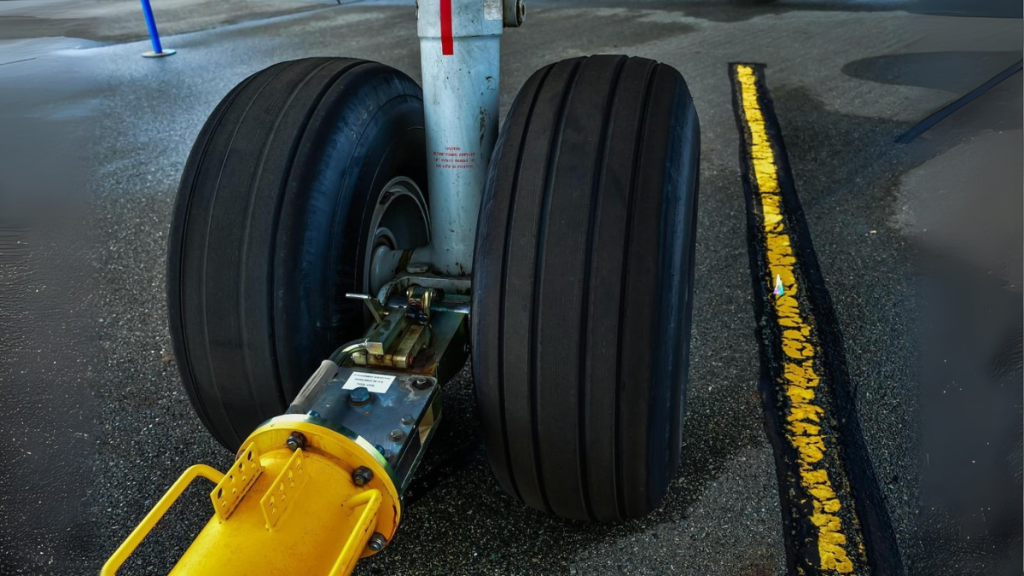Essentially, avionics test equipment includes specialized tools that are used to evaluate, mark, and repair avionics, which is the electronic system of an aircraft. Typically, avionics include important aspects, such as navigation equipment, flight data recorders, radar, and radio communication. The equipment is exclusively designed to simulate real-life operating conditions with the goal of verifying accuracy, regulatory compliance, and aircraft functionality. Read on to learn more about how avionics test equipment can help streamline aircraft troubleshooting and maintenance.
Avionics Test Equipment – An Overview
Avionics test equipment is incredibly important for aircraft maintenance as it offers countless benefits, while primarily targeting enhanced aircraft reliability, safety, and performance. This equipment includes several tools that enable thorough testing of the complex electronic systems of the aircraft, with the goal of eventually ensuring that all systems function correctly and are compliant with regulatory standards. The best avionics test equipment can help detect potential aircraft maintenance and troubleshooting issues head-on and thus prevent in-flight failures, which further minimizes the potential risk of aircraft accidents. You might want to check out Pilot John International and their aircraft safety equipment, including test equipment for efficient aircraft maintenance, enhanced aircraft lifespan, and minimizing aircraft downtime.
Accurate Diagnosis of Issues
Technicians can quickly analyze and identify faulty aircraft components, helping ensure airworthiness by improving operational efficiency. Accurate diagnosis is possible through the analysis of BITE systems, which are integral to modern aircraft. These systems continuously monitor the health of onboard systems and instantly flag potential issues.
By pinpointing faulty components, technicians can narrow the scope of troubleshooting and focus on the areas that require attention. A range of diagnostic tools can provide detailed, agnostic information, further aiding in the identification of specific problems.
Enhanced Verification of Systems Functionality
Avionics test equipment enables technicians to thoroughly test all avionics systems for functionality, which ensures that all avionics systems operate within their pre-established parameters. This aspect includes testing the avionic systems for proper data accuracy, response times, and signal transmission. As mentioned earlier, this equipment includes real-life simulation, which helps with performance verification by testing aircraft systems in various conditions and scenarios. It also enables effective testing, which further ensures compliance with regulatory standards and the airworthiness of the aircraft before it is cleared for takeoff.
Testing Equipment Is Mandatory for Streamlining Aircraft Maintenance
You should know that with the help of avionics test equipment, technicians can quickly diagnose and verify potential issues, which is effective in reducing aircraft downtime. This aspect is essential for increased efficiency as it allows technicians to address more aircraft maintenance tasks within a short time span. Simultaneously, it enables the thorough testing and verification of all avionic systems, which enhances the safety aspect of aircraft functionality.
Rest assured, avionics tests can help save money in the long run with reduced aircraft downtime, which can prove beneficial not only for airlines but also for technicians and aircraft maintenance providers.
Conclusion
Ensuring the reliability, safety, and performance of modern aircraft depends on the ability to accurately diagnose, monitor, and verify the functionality of complex electronic systems. With continuous oversight from onboard diagnostic tools like BITE systems and the use of advanced testing methods, technicians can swiftly identify faults, streamline maintenance procedures, and uphold regulatory compliance. This proactive approach not only minimizes downtime and operational disruptions but also contributes to long-term cost savings and enhanced aircraft lifespan benefiting airlines, maintenance providers, and passengers alike.

